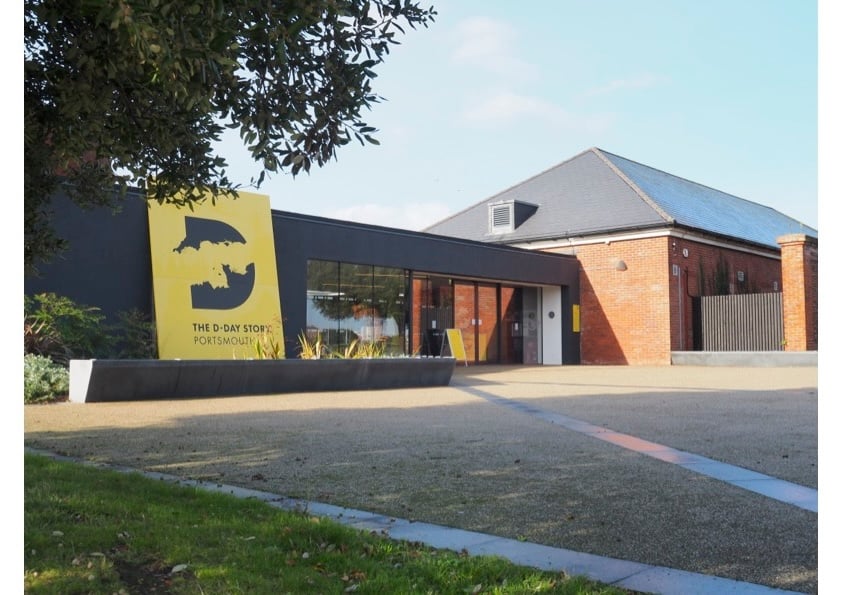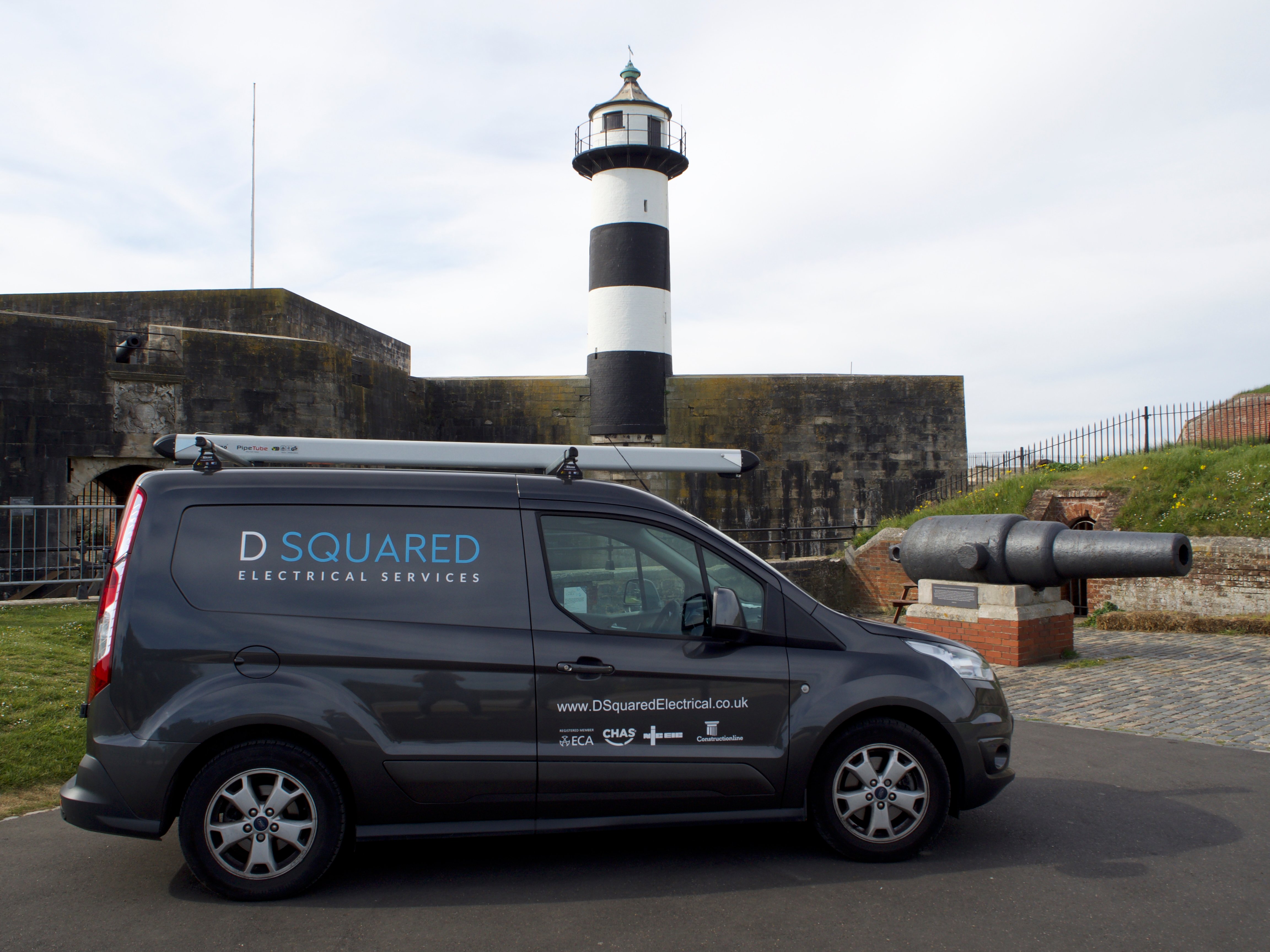
Modernising Museums: Electrical Upgrades at the D-Day Museum
Setting the Stage: The Vision Behind the D-Day Museum Refurbishment
When Portsmouth City Council embarked on the refurbishment of the D-Day Museum in Southsea, the mission was clear: to honour the past while creating a space that meets the needs of today's visitors. As the only museum in the UK dedicated solely to the Normandy landings, it plays a significant role in both local and national cultural landscapes. The refurbishment aimed to modernise the museum’s infrastructure, ensuring it could tell its important stories for years to come without losing its unique character.
The Council envisioned a museum with modern systems and safer infrastructure that could support permanent exhibitions, education spaces, and rotating displays. The initiative was timely, as it coincided with the 75th anniversary of the Normandy landings, a milestone that would attract significant visitor numbers and media attention. The electrical refurbishment was a crucial component of this broader vision, aimed at enhancing both the functionality and aesthetics of the museum.
Challenges of Modernising a Live Museum Environment
Working in a live museum environment presents unique challenges, and the D-Day Museum was no exception. One of the primary difficulties was the need to carry out the refurbishment while the museum remained operational. Many exhibits, some fragile and irreplaceable, remained in place during the work. This required meticulous planning and execution to avoid dust, noise, or movement that could damage these valuable artefacts.
Aesthetics also played a critical role. The new electrical systems had to be integrated seamlessly into the existing structure without detracting from the historical ambiance of the museum. Containment and finishes needed to be clean, subtle, and respectful of the setting. Moreover, given the high-profile nature of the project and the fixed deadline of the 75th anniversary events, there was no margin for error or delay. Every action had to be carefully managed to ensure that the work was completed on time and to the highest standards.
Innovative Electrical Solutions for Historical Spaces
The electrical refurbishment of the D-Day Museum required innovative solutions that balanced modern functionality with historical integrity. The project included the installation of completely new power and lighting systems, designed from the ground up to suit the unique requirements of a museum environment. One of the key aspects was ensuring energy efficiency, which was built into the design from the outset.
Discreet containment was one of the trickiest parts of the project. All electrical components had to be positioned precisely and finished neatly to blend in with the building’s structure. This attention to detail ensured that the new systems did not detract from the museum's exhibits or overall atmosphere. The scope of work included a full power and lighting installation, LED lighting upgrades tailored for exhibit spaces, and emergency lighting to BS 5266 standards. Additionally, a new fire alarm system was installed, fully certified to BAFE SP203 standards.
Enhancing Exhibits with Tailored LED Lighting
Lighting plays a crucial role in how visitors experience museum exhibits. For the D-Day Museum, the lighting refurbishment was designed to enhance the displays while ensuring their preservation. LED lighting was chosen for its energy efficiency and versatility. The new lighting system was carefully planned to highlight the exhibits without putting them at risk, providing a more immersive and engaging experience for visitors.
Tailored LED lighting not only improved the visibility and appeal of the exhibits but also contributed to the overall ambiance of the museum. By using LED technology, the museum could achieve better lighting quality while reducing energy consumption and maintenance costs. This was particularly important for a site that attracts around 60,000 visitors per year and hosts special exhibitions and events.
Ensuring Safety: Emergency Lighting and Fire Alarm Systems
Safety was a paramount concern during the electrical refurbishment of the D-Day Museum. The project included the installation of emergency lighting to BS 5266 standards and a new fire alarm system certified to BAFE SP203 standards. These systems were crucial for ensuring the safety of visitors and staff, particularly in an environment where large crowds are expected during special events and anniversaries.
The emergency lighting was designed to provide clear and effective illumination in the event of a power failure, ensuring safe evacuation routes throughout the museum. The fire alarm system was integrated seamlessly into the building’s structure, with discreet containment that did not detract from the museum's aesthetics. These upgrades not only enhanced the safety of the museum but also ensured compliance with modern safety regulations, providing peace of mind for both the museum operators and visitors.
The Impact: Improved Visitor Experience and Long-Term Benefits
The successful completion of the electrical refurbishment at the D-Day Museum has had a significant impact on the visitor experience and the museum's long-term sustainability. The modern electrical infrastructure supports day-to-day operations and special exhibitions, ensuring that the museum can continue to tell its important stories effectively. The improved lighting has made a noticeable difference in how displays are experienced, making the exhibits more engaging and accessible to visitors.
Additionally, the energy-efficient systems have reduced running costs, allowing the museum to allocate resources to other areas, such as educational programs and exhibit enhancements. The project has ensured that the museum can continue to serve as a vital cultural and educational resource for years to come, honoring the legacy of the Normandy landings while meeting the needs of modern visitors.
In conclusion, the electrical refurbishment of the D-Day Museum by Portsmouth City Council is a testament to how modern systems can be integrated into historical settings without compromising their integrity. The project successfully balanced the need for modern functionality with the preservation of the museum's unique character, enhancing both safety and visitor experience. This case study serves as an example of best practices in museum refurbishment, showcasing the importance of careful planning, innovative solutions, and attention to detail.



